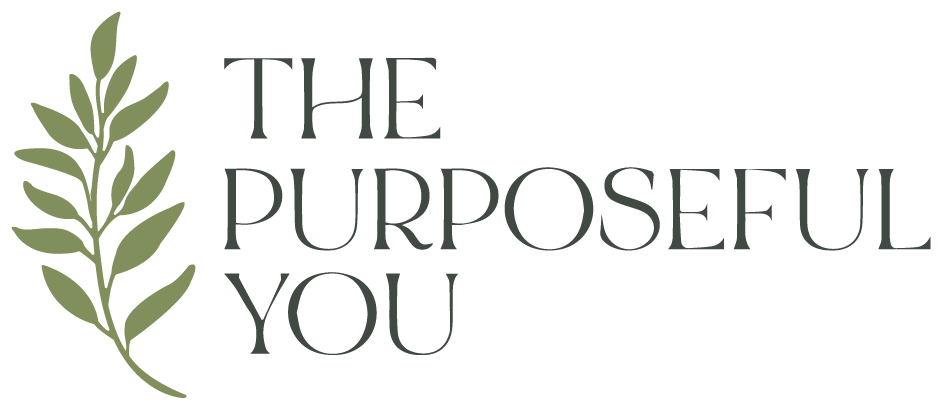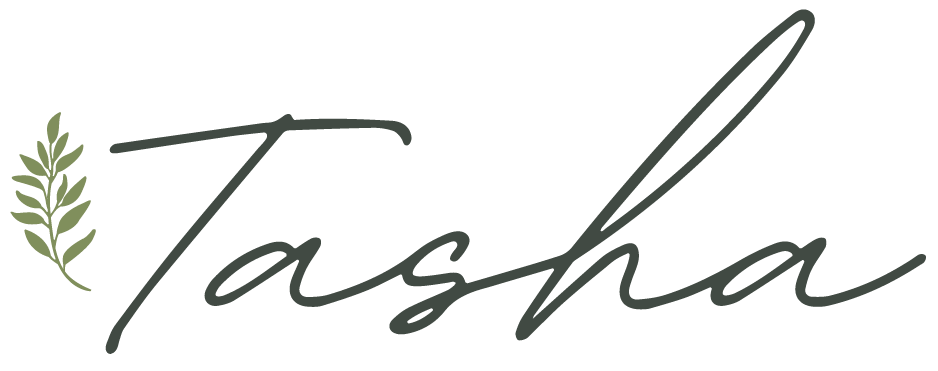Why It’s Important To Consider What Goes Down Your Drain
Did you know I wrote an e-book? It’s perfect for beginner gardeners in their first 3 years of gardening. Check it out and purchase my e-book here!
How is it July already? It blows my mind that we’re already here — but hey, I’ll take it, especially because that means it’s Plastic Free July! If you didn’t know, #PlasticFreeJuly is a movement to help people reduce their plastic waste. (I’m posting a plastic free living tip everyday on my Instagram — come join the fun!) This month has me thinking about the relationship between humans and the natural environment, and the impact we can have — both negative and positive!
Today, I want to talk about water, our most valuable resource. An important way we can monitor our environmental footprint is to be mindful about what we put down the drain — and ultimately back into the water. We all have a responsibility to stop water pollution at home and protect our waterways! That’s why, in this blog, my goal is for us to stay informed so we can all do our part.
When was the last time you had to worry about whether your water is safe? Good water quality is a non-negotiable for the health of both humans and the planet. To ensure its quality, water has to be carefully managed at every stage of its cycle — and it’s something that many of us take for granted. As Canadians, we are blessed with abundant freshwater supplies and water services. We also are some of the highest water consumers in the world.
But the truth is that we cannot just pour anything down the drain, and not just for the sake of our pipes. Check out this excerpt from the Safe Drinking Water Foundation, which explains that residential water pollution can stem from our everyday personal products (and it’s on the rise):
Pharmaceuticals and personal care products (often abbreviated PPCPs), including medications, lotions and soap, are being found in increasing concentrations in lakes and rivers. Scientists have discovered that many PPCPs act as hormone disrupters, which means that the synthetic hormones in the products interfere with the natural hormones in animals, especially fish that live in the water. There has not been enough research to determine the effects that PPCPs can have on humans, but there is evidence to suggest that these chemicals may be partially responsible for an increase in cancer and birth defects. (Source)
You might be asking: why is this issue on us? Isn’t this why we have water treatment plants? Well, sort of, but it’s not quite that simple:
Generally, wastewater treatment facilities are equipped to effectively remove harmful substances generated from biodegradable waste. The hazardous and toxic chemicals that individuals release into the environment are more dangerous (and more preventable). Chemicals, such as cleaners, dyes, paints, pesticides and solvents, which are poured down drains, are a substantial and dangerous form of pollution. Wastewater treatment facilities are generally unequipped to remove PPCPs from wastewater; water pollution from PPCPs is a growing concern. (Source)
Yikes. Hopefully this is painting a picture about why this is a big deal, but to be honest, it can be really hard on a personal level. Many of us grew up using — and getting used to — these products that, it turns out, can be harmful. I want to emphasize that it’s not about what you’ve done in the past. The point is, we know more now, and it’s never too late to start making sustainable changes.
We are connected to the natural world, so it matters what we use. With a little intention in our day-to-day lives, we can move the needle. The first step is to do an audit. Take note of all of your cleaning, laundry, dishwashing, pharmaceutical and personal care products in your home. Where can you improve? What information do you need to catch up on to make sure you know how to safely dispose of your products? What products can you replace, once it’s gone, with a sustainable swap?
To offer some inspiration, I thought I’d share some of my favourite eco-friendly cleaning products that I have switched to over the last few years (in fact, this is why I started The Purposeful You!):
1. Mint Cleaning products: I religiously use their all purpose spray, which is made with natural grease-fighting ingredients and infused with lemon, cedar, mint, bergamot and tea tree essential oils. I also tell everyone that Mint’s cleaning scrub is our generation’s Comet! Try it and you’ll see what I mean.
2. Laundry strips: If you didn’t know, laundry strips are cleaner for you and the environment. Good Juju’s are biodegradable and super-concentrated (one strip is all you need and packs the same punch as 50g of liquid or powdered detergents, so you use less water). Plus, Good Juju laundry strips are free from plastic and all of the chemicals we want to avoid. Use code PURPOSEFUL10 for 10% off!
3. Make Nice Company’s solid dish soap: I love this zero waste dishwashing option and use it everyday. Each Make Nice cube replaces up to 3 bottles of liquid soap, so you can skip the plastic! The soap suds well and does a great job of cutting grease while being kind to your hands and your drain.
4. Compostable dish brushes: Speaking of dishes, here’s another easy swap. Choose a brush that’s compostable (just replace the head when you need to!) instead of one made of plastic that ends up in the landfill and can even leech microplastics at the sink. P.S. The code PURPOSEFUL10 will get you 10% off when you shop!
Remember, a sustainable living journey is just that — a journey — so know that changing your products and habits will take trial and error, not to mention time. It’s all about making long-term, sustainable and cost-effective changes that you can maintain. Each decision you make matters to help your household tread more lightly on the environment. Start with one thing at a time. That’s what I’m doing at @thepurposefulyou! I hope you follow along as I share more ideas to help you and me get there.
* Note: Some links featured in the above post are commissionable/affiliate links.









